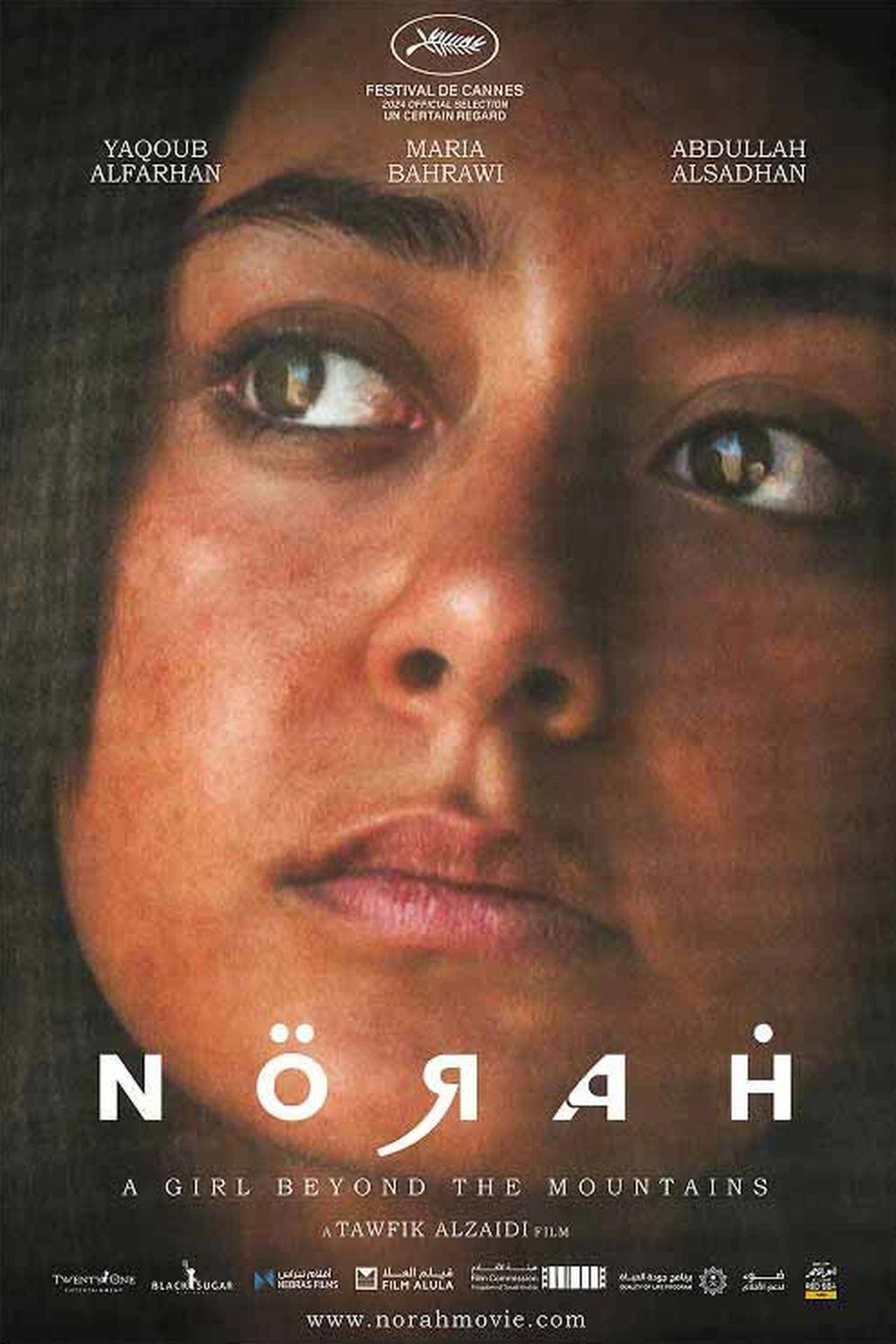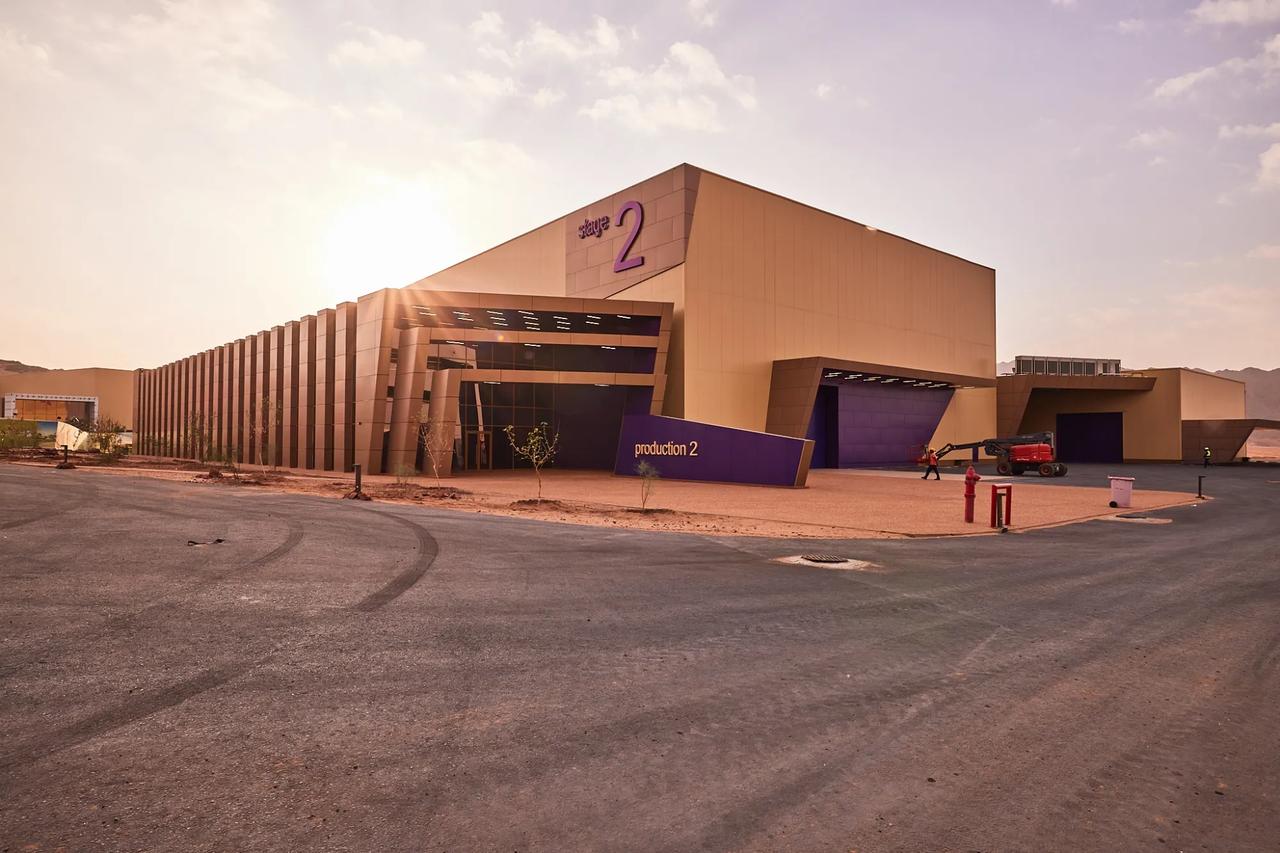
Saudi Arabia has made substantial investments in its movie sector as part of its broader Vision 2030 initiative to diversify the economy and develop a vibrant cultural and entertainment industry.
Since lifting the 35-year ban on cinemas in 2018, the kingdom’s film market has been experiencing rapid growth, driven by government support, private sector funding, and international interest.
The Saudi Arabian movie market was valued at approximately $584 million in 2024 and is projected to reach $950 million by 2030, growing at a compound annual growth rate (CAGR) of about 8.5%. This growth is fueled by the development of state-of-the-art cinema complexes and entertainment hubs, with major chains like AMC, Muvi, and Vox cinemas rapidly expanding across different Saudi cities.
The Saudi Cultural Development Fund (CDF), established in 2021, plays a central role in financing the film industry, with a portfolio valued at $234 million. The CDF is the primary investor in the $100 million Saudi Film Fund, contributing 40% of its capital. This is aimed at financing film production, distribution, and infrastructure development, supporting both local and international projects.
The General Entertainment Authority (GEA) has established the Big Time fund, with an initial capital of $130 million, to support pan-Arab cinema productions. This fund aims to produce around 20 films annually, with plans of expansion targeting the US and Indian film markets.
The number of cinema screens in Saudi Arabia has increased dramatically from 45 in 2018 to 600 screens across 69 theaters by 2023. This expansion has driven box office revenues to SAR 3.7 billion (approximately $1 billion) in 2023.
Saudi Arabia has launched major cultural events such as the Red Sea Film Festival, which supports filmmakers worldwide and has helped raise the kingdom’s profile in the global film industry.

Saudi Arabia has produced a growing number of local films by Saudi filmmakers, reflecting the kingdom's cultural narratives and evolving social landscape.
A few examples of Saudi-produced films include;
- Norah, a 2023 Saudi Arabian film directed by Tawfik Alzaidi, is notable for being the first feature film shot entirely in the historical city of Al-Ula and with an all-Saudi cast. It was selected for the 2024 Cannes Film Festival, marking a significant achievement for Saudi cinema on the international stage.
- The Perfect Candidate (2019), directed by Haifaa Al-Mansour. It received and was met with critical acclaim, and was Saudi Arabia’s submission for the Best International Feature Film at the 92nd Academy Awards.
- Sattar, a 2022 comedy-drama film directed by Abdullah Al-Arak, is about a young man pursuing his dream to become a professional wrestler, while highlighting contemporary Saudi life.
The Saudi film industry is still in its early stages but is rapidly expanding. In 2024, around 10 Saudi films were produced, with government ambitions to increase this to 50-80 films annually by 2030.
Furthermore, Saudi cinema exhibitors like Muvi and Vox are investing in local film production to meet growing audience demand for culturally resonant content.

Before lifting the ban in 2018, Saudi Arabia had no public cinemas for about 35 years, since the mid-1980s, when cinemas were banned as un-Islamic and due to conservative social norms. As a result, movie watchers relied on satellite broadcasts, DVDs, and occasional private screenings or trips abroad for cinematic experiences.
Despite the lack of official theaters or strong state-backed support, Saudi filmmakers continued their creative pursuits. With films like Wadjda (2012), which became a symbol of creative defiance and global possibility, pioneering filmmakers like Haifaa Al-Mansour emerged, employing independent production techniques to tell local stories.
The ban was enforced by strict cultural and religious norms, leading to a highly regulated environment. Without formal movie theaters, there was neither the infrastructure to nurture a domestic film ecosystem nor the regulatory framework to support its growth.
The official lifting of the ban in April 2018 marked the start of a significant infrastructure overhaul. With the help of global chains like AMC, Vox, and Muvi, modern multiplexes were built, bringing cinema into the center of Saudi society.
Under programs like Crown Prince Mohammed bin Salman's Vision 2030, significant state investment shortly followed. The establishment of a coordinated, well-funded, and sustainable industry has been greatly aided by organizations such as the Cultural Development Fund (CDF) and the recently established $100 million Saudi Film Fund.
Saudi filmmaking is experiencing a revival of culture in the new era. Filmmakers are now free in their ability to tell stories that combine regional customs with universal appeal, allowing them to experiment with broader themes as well as complex narratives.